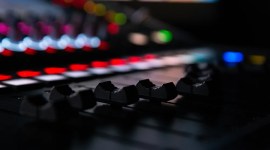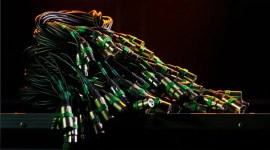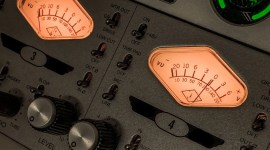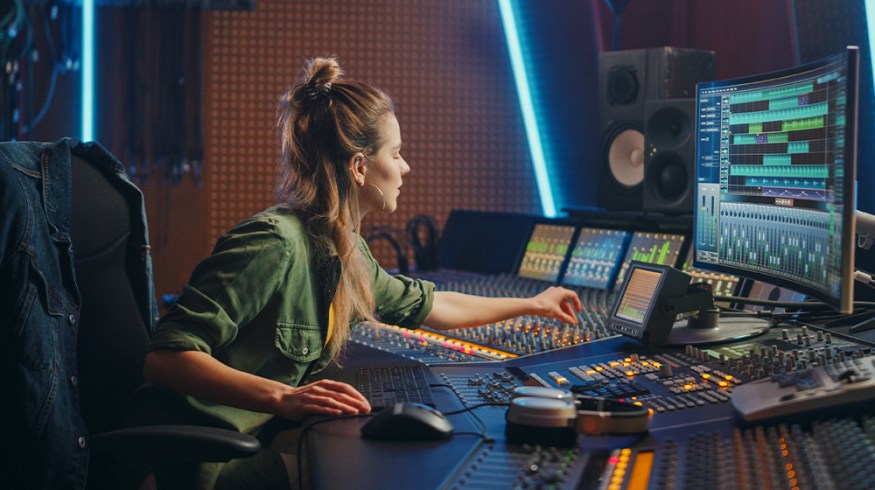
Equalization: How to Use Equalization in Audio Editing
Ensure your video and film projects have the highest quality sound by nailing audio equalization in post. Here’s everything you need to know.
Achieving high-quality audio is a pivotal aspect of filmmaking, as it lays the foundation for an exceptional final product. The ability to capture location sound and room tone at optimal levels is crucial, as it directly impacts the quality of your project. When low-quality sounds are recorded, post-production editing becomes a challenging endeavor, with limited room for improvement.
Understanding and employing equalization—aka EQ—in your post-production process can greatly enhance your editing capabilities and ensure superior sound quality during the shooting phase.
What Is Audio Equalization?
Equalization, often referred to as EQ, is the art of fine-tuning the balance of frequencies within an audio signal. Its primary purpose is to correct any irregularities in the frequency spectrum and craft the desired tonal characteristics.
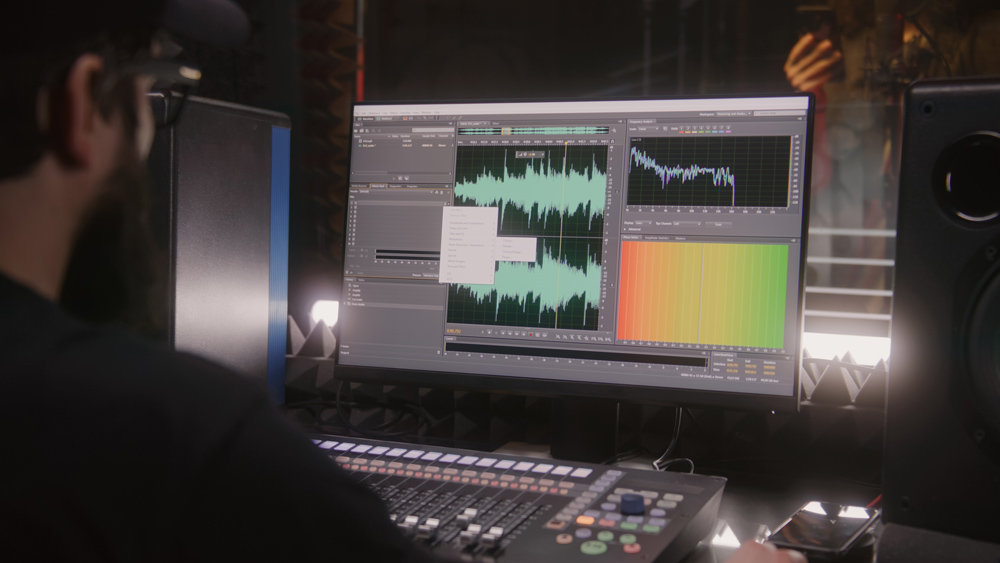
Typically performed using an equalizer tool within a Digital Audio Workstation (DAW), EQ enables precise adjustments to specific frequency bands.
This capability empowers you to shape the tonal qualities of a sound, tailoring it to fit the intended context.
Understanding Equalizers
Within your chosen DAW, you’ll encounter the essential tool known as an Equalizer. It resembles a graph, with the x-axis representing the frequency range in Hertz (Hz) and the y-axis depicting decibel levels (dB).
Along the frequency range, you’ll encounter distinct frequency zones that can be modified using EQ points, usually denoted by numerical values. Lower numbers correspond to lower frequency zones.
A graphical equalizer of this type is often referred to as a Parametric EQ, known for its unparalleled flexibility and versatility in sound manipulation.
Using EQ for Noise Reduction
Undesirable noise can infiltrate various recording scenarios, posing challenges for audio professionals.
For instance, foley artists must eliminate noise that could disrupt the desired sound effect, such as footsteps. These unwanted noises often manifest as hissing sounds in the higher frequency spectrum or rumbling sounds in the lower frequency range.
EQ proves invaluable in mitigating such issues.
Every equalizer includes high pass and low pass filters. The high pass filter permits only higher frequencies to pass through, effectively eliminating low-frequency rumble.
Conversely, the low pass filter allows only low frequencies to pass while attenuating higher frequencies, thereby addressing hissing noises.
Additionally, various EQ point shapes, such as shelves, enable the precise targeting and reduction of specific frequencies.
Using EQ for Sound Sculpting
Beyond noise reduction, equalization serves as a powerful tool for shaping sound to achieve desired tonal qualities. Notch filters, in addition to shelf shapes, play a pivotal role in this process.
Notches can boost or dip specific frequencies across the entire frequency spectrum. This fine-tuning can be applied to the mid-range, where specific tones can be emphasized, or used to attenuate and eliminate unwanted frequencies entirely.
Such capabilities are instrumental in sculpting sound and achieving superior audio results.
Using Equalization in Dialogue Recording
When recording dialogue, whether for a podcast, voiceover, or ADR (Automated Dialogue Replacement), employing an equalizer is often indispensable. It contributes to the production of high-quality, crystal-clear dialogue.
However, challenges can arise during dialogue recording, such as room resonance. Different rooms can accentuate certain frequencies more than others, potentially disrupting the balance of your dialogue recording by capturing unwanted room sounds.
In-depth tutorials, such as the one below from In The Mix, offer valuable insight into optimizing dialogue through precise audio editing.
This tutorial breaks down each EQ zone and demonstrates how to adjust specific frequency bands effectively, resulting in improved dialogue quality.
Mastering the Art of Equalization
Equalization isn’t merely a technical tool, it’s an art form that skilled audio engineers and music producers master over time. The ability to discern the subtle nuances of audio frequencies and their impact on the overall sonic landscape is a hallmark of expertise in this field.
Seasoned professionals can breathe life into a lackluster mix, enhance the warmth of vocals, and sculpt the dimensions of soundscapes with surgical precision.
Whether it’s the gentle touch of a high-shelf EQ to add brilliance to a vocal track or the precise notching of frequencies to remove unwanted resonance, equalization is a canvas upon which sonic masterpieces are crafted.
Aspiring audio enthusiasts can embark on a journey of discovery, exploring the intricate interplay of frequencies and developing an acute ear for sonic balance, ultimately elevating their audio production skills to new heights.
License this cover image via Gorodenkoff.


